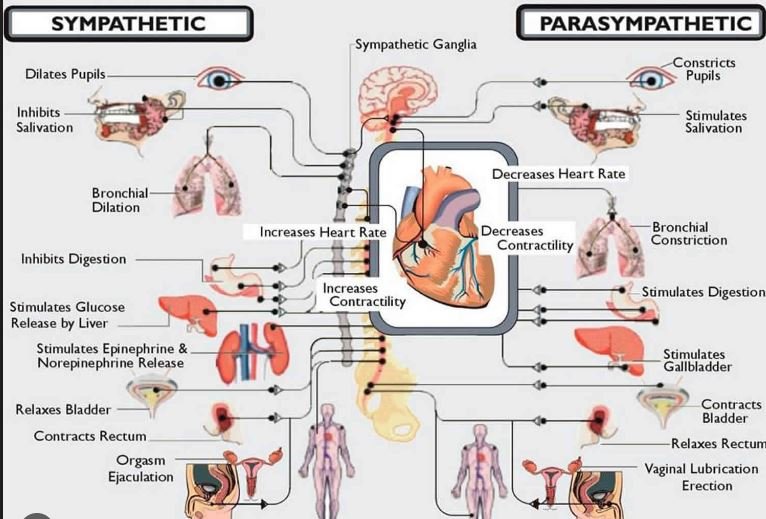Palliative care aims to improve the quality of life for patients with serious, life-limiting illnesses by addressing physical, emotional, and spiritual needs. Haptonomie, a therapeutic practice focusing on touch and emotional connection, has emerged as a valuable tool in palliative care. By providing comfort and enhancing emotional support, Haptonomie can play a significant role in improving the well-being of patients in end-of-life situations.
What is Haptonomie?
Haptonomie, a concept rooted in the Greek words “haptos” (touch) and “nomos” (law or knowledge), involves the use of touch to foster emotional and physical healing. It emphasizes intentional and supportive touch to build trust, provide comfort, and enhance emotional connections. In the context of palliative care, Haptonomie can offer crucial support by addressing the complex needs of patients facing terminal illnesses.

Benefits of Haptonomie in Palliative Care
1. Providing Physical Comfort
As patients approach the end of life, they may experience physical discomfort, including pain and muscle tension. Haptonomie techniques can help alleviate some of these physical challenges by promoting relaxation and reducing tension.
Example: Gentle touch techniques, such as massage or soothing hand-holding, can help relieve muscle tension and provide physical comfort. These techniques are designed to be non-invasive and supportive, enhancing the patient’s overall comfort.
2. Enhancing Emotional Well-being
The emotional impact of terminal illness can be profound, leading to feelings of fear, anxiety, and sadness. Haptonomie’s focus on emotional connection through touch can provide essential support during these challenging times.
Example: One-on-one sessions involving gentle touch and empathetic communication can help patients feel understood and valued. This emotional support can alleviate feelings of isolation and improve overall emotional well-being.
3. Fostering a Sense of Connection
End-of-life care often involves navigating complex emotions and seeking meaningful connections. Haptonomie can help build and reinforce these connections by creating a safe and supportive environment.
Example: Through intentional touch and active listening, caregivers can establish a deeper emotional connection with patients. This connection can provide comfort and a sense of reassurance, helping patients feel more at ease.
Haptonomie Techniques for Palliative Care
1. Gentle Touch and Massage
Gentle touch and massage techniques can be used to provide physical comfort and relaxation. These techniques focus on creating a soothing environment and alleviating physical discomfort.
How to Practice: Administer gentle, rhythmic strokes to areas such as the hands, shoulders, or feet. Use a calm and reassuring touch to promote relaxation and comfort, adjusting the pressure based on the patient’s preferences.
2. Emotional Support through Touch
Emotional support sessions involve using touch and empathetic communication to provide reassurance and build trust. These sessions aim to address feelings of fear and anxiety and enhance emotional well-being.
How to Practice: Engage in one-on-one interactions where supportive touch is combined with empathetic listening and verbal encouragement. Focus on creating a compassionate and understanding environment where patients feel heard and valued.
3. Guided Relaxation Exercises
Guided relaxation exercises involve using touch to support relaxation and reduce stress. These exercises can help patients manage anxiety and promote a sense of calm.
How to Practice: Lead relaxation exercises that incorporate gentle touch and deep breathing. Guide patients through slow, deliberate movements and provide supportive touch to enhance relaxation and reduce stress.
Integrating Haptonomie into Palliative Care
1. Collaboration with Healthcare Providers
To effectively integrate Haptonomie into palliative care, it is essential to collaborate with healthcare providers who can incorporate touch-based techniques into existing care plans. This collaboration ensures that Haptonomie complements other forms of care and supports the patient’s overall needs.
How to Integrate: Work with palliative care teams to develop a comprehensive care plan that includes Haptonomie techniques alongside medical and emotional support. Ensure that touch-based techniques align with the patient’s preferences and care goals.
2. Training for Caregivers
Training caregivers in Haptonomie techniques can enhance their ability to provide compassionate and effective support. Training programs can help caregivers develop skills in therapeutic touch and emotional connection.
How to Integrate: Offer training workshops or resources for caregivers to learn about Haptonomie techniques and their applications in palliative care. Provide ongoing support and feedback to help caregivers refine their skills and enhance their practice.
Challenges and Considerations
While Haptonomie offers valuable benefits, it is important to consider potential challenges and limitations. Individual preferences and comfort levels with touch may vary, and it is crucial to approach each session with sensitivity and respect.
Considerations:
- Consent: Always seek consent before applying touch-based techniques and ensure that patients are comfortable with the process.
- Personalization: Tailor Haptonomie techniques to the individual’s needs and preferences, considering their specific physical and emotional requirements.
Conclusion
Haptonomie offers a unique and compassionate approach to supporting patients in palliative care by addressing both emotional and physical needs. Through techniques such as gentle touch, emotional support, and guided relaxation, patients can experience enhanced comfort and emotional well-being. Integrating Haptonomie into palliative care programs, in collaboration with healthcare providers and through caregiver training, can contribute to a holistic and supportive approach to end-of-life care. As palliative care continues to evolve, Haptonomie stands out as a valuable practice for providing comfort and enhancing the quality of life for patients facing terminal illnesses.




